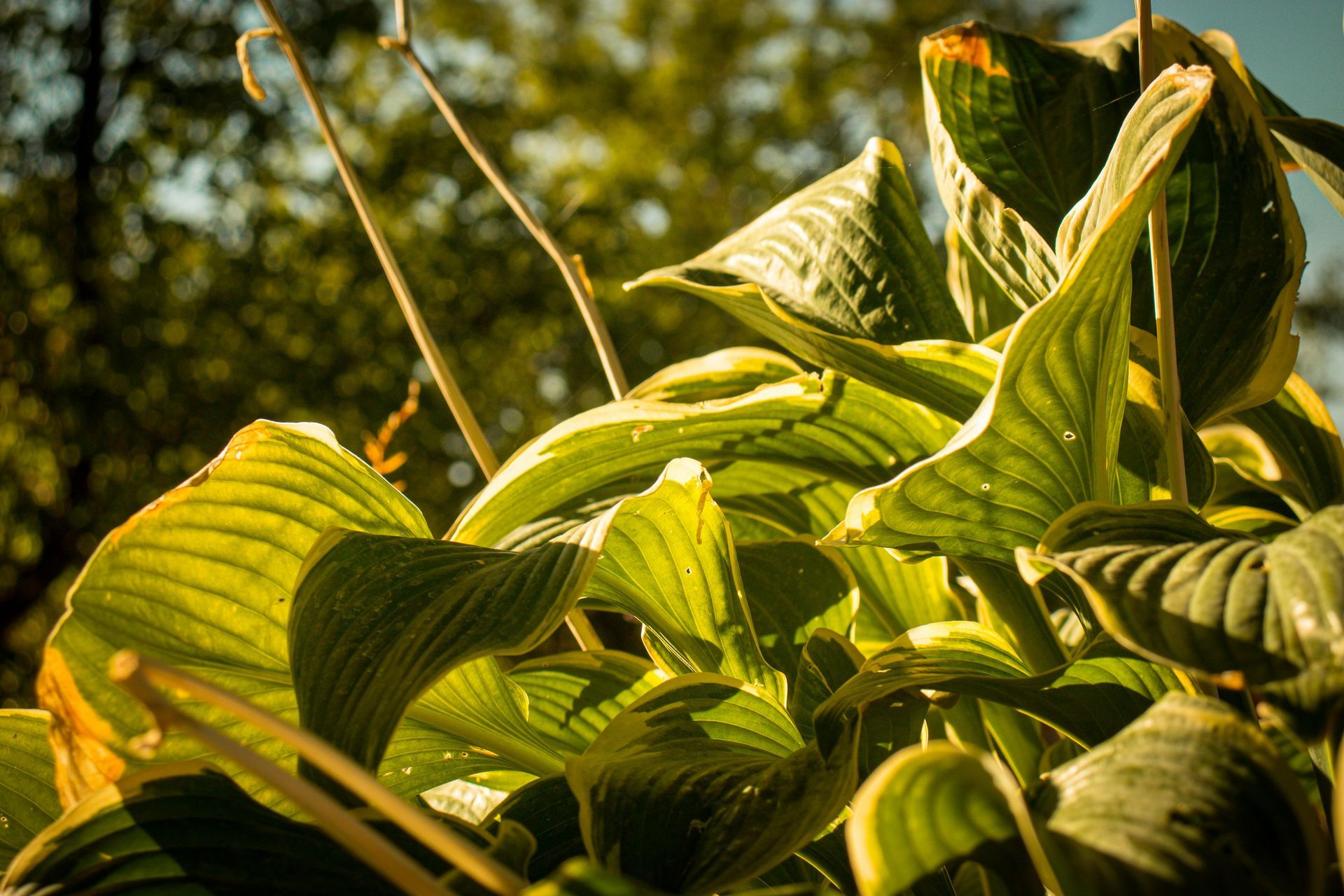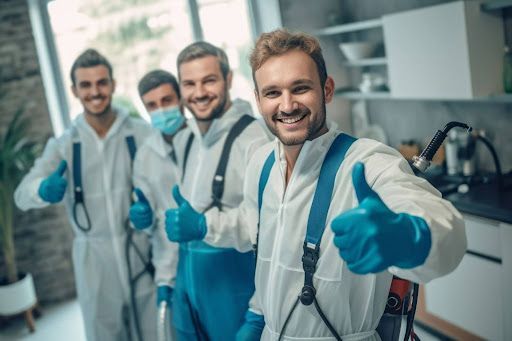Harnessing Pheromone Power for Eco-Friendly Pest Control in Nevada
As the quest for sustainable methods of pest control gains momentum, Nevada finds itself at the forefront of an eco-friendly revolution, harnessing the power of pheromones to tackle its diverse pest landscape. This green strategy uses synthetic pheromones to disrupt the breeding and infestation patterns of pests, offering a promising solution that aligns with environmental conservation efforts. Exploring the science behind pheromone technology not only sheds light on its mechanisms but also highlights recent advancements in its application. This approach is revolutionizing the way Nevada combats agricultural pests and household nuisances without resorting to traditional chemical pesticides.
The Science Behind Pheromone Pest Control
Pheromones are chemicals that animals and insects produce to communicate with others of the same species. In pest control, synthetic pheromones mimic these natural signals to create confusion, disrupt mating patterns, or signal danger, effectively reducing the pest population without harming the environment or non-target species.
Synthetic Pheromones: An Eco-Friendly Approach
Nevada's commitment to environmental stewardship has steered pest control efforts toward more sustainable practices. Synthetic pheromones stand out as an eco-friendly solution to pest management. This approach negates the toxicity associated with conventional pesticides and spares beneficial insects, which are crucial for pollination and ecosystem balance.
Types of Pheromone Applications
There are various applications for pheromones in pest control, each tailored to combat specific pest behaviors. Mating disruption, one of the most common uses, involves releasing synthetic sex pheromones to prevent pests from finding mates. Aggregation pheromones can lure pests to traps, while alarm pheromones simulate danger signals that repel insects from crops.
Mating Disruption in Nevada's Agricultural Sector
Nevada's agricultural landscape thrives from implementing pheromone-based mating disruption techniques. By blanket-applying synthetic pheromones over crops, farmers can effectively prevent the reproduction of invasive species, such as the codling moth, without resorting to harmful chemicals.
Pheromone Traps for Household Pests
In urban settings, pheromone traps offer a non-toxic way to monitor and control common household pests. These traps attract insects like cockroaches, pantry moths, and other domestic nuisances, providing an early warning system for infestations and helping manage populations without the need for chemical intervention.
Advancements in Pheromone Technology
The field of pheromone pest control is ever-evolving, with research diving deeper into the understanding of insect behavior and pheromone complexity. Nevada's unique pest landscape has become a testing ground for cutting-edge pheromone delivery systems, such as controlled-release technologies and nano-encapsulation, which offer prolonged efficacy and targeted application.
Integrated Pest Management and Pheromones
Integrated Pest Management (IPM) is an approach that combines various strategies for long-term pest control. Pheromones fit seamlessly into IPM programs as they can be used in coordination with other non-chemical methods, such as biological controls and habitat manipulation, to create comprehensive and sustainable pest management plans.
Regulatory and Public Acceptance
For pheromone pest control to reach its full potential, alignment with regulatory guidelines and public acceptance is crucial. Regulatory bodies provide the framework for safe and responsible application, while public education fosters a greater understanding of the benefits associated with pheromone use over traditional pesticides.
Challenges and Solutions in Pheromone Application
Despite its advantages, pheromone pest control is not without challenges. High production costs, the complexity of pheromone blends, and the specificity of application can limit its practicality. Addressing these hurdles involves ongoing research and innovation to reduce costs, simplify application methods, and expand the scope of pheromone use.
The Future of Pheromone Pest Control in Nevada
Nevada stands at the cusp of a promising horizon in sustainable pest management. With a continued focus on research and development, the future of pheromone pest control in the state looks bright. As more advanced and efficient pheromone systems come to market, the potential to significantly reduce chemical pesticide usage grows, ushering in a new era of environmentally conscious pest management.
Pheromone power is increasingly recognized as a game-changer in the world of pest control, particularly within Nevada's varied ecosystems. This state, home to a wide range of agricultural settings and urban environments, is particularly well-suited to benefit from the adoption of pheromone strategies.
The use of synthetic pheromones for disrupting breeding cycles and controlling pest behavior represents a harmonious blend of scientific innovation and ecological sensitivity. As society progresses towards greener methods of pest management, Nevada is leading by example, demonstrating that it is indeed possible to maintain pest control efficacy while honoring a commitment to environmental protection and sustainable practices.
Are you ready to embrace the future of pest control and protect your home or business with cutting-edge, eco-friendly solutions? Natura Pest Control is leading the way in Nevada, utilizing advanced pheromone technology to manage pest populations safely and effectively. Contact us today to learn more about our innovative services and how we can help create a pest-free environment for you.




